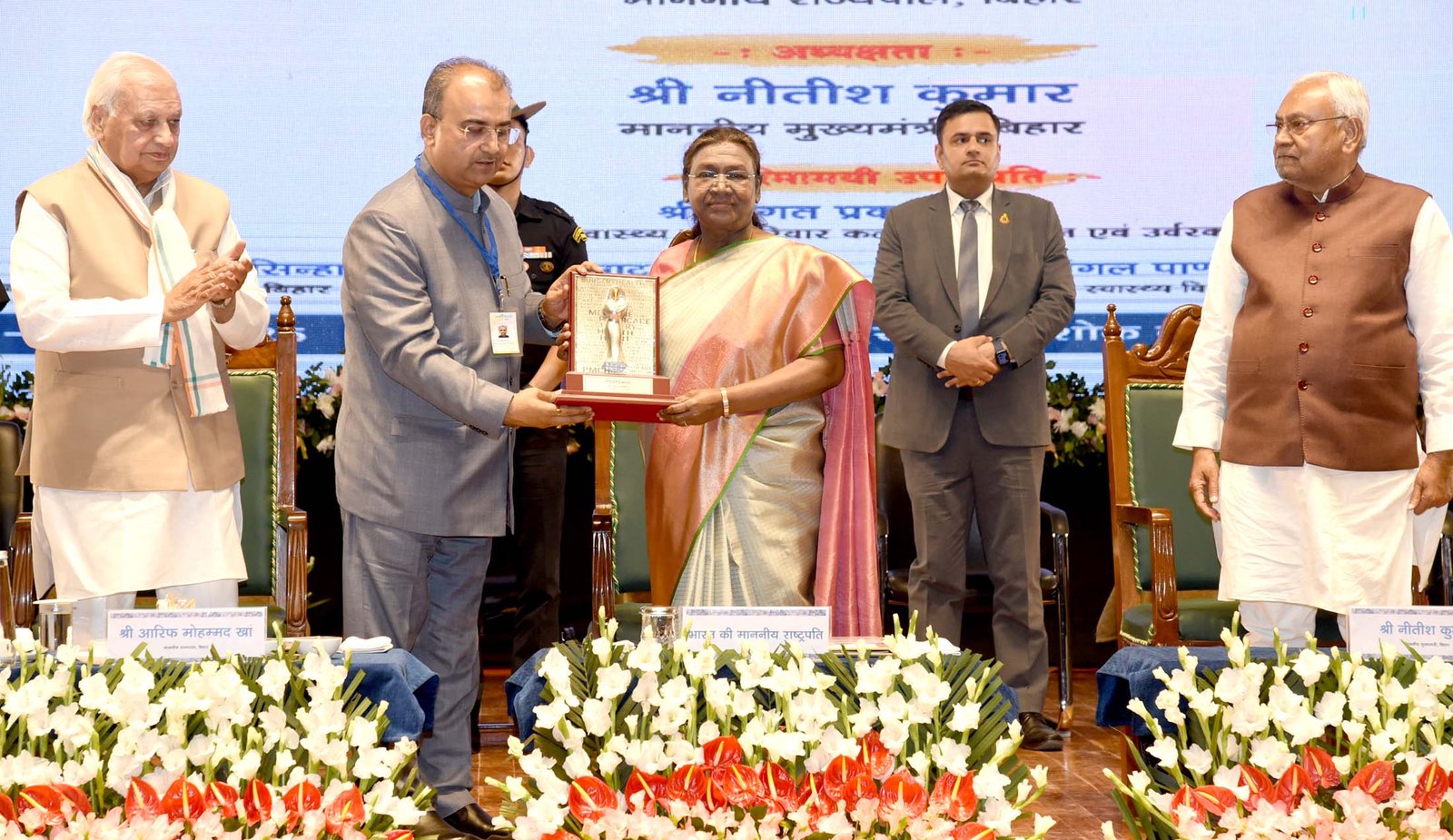India, the land of diverse religions, philosophies, and spiritual traditions, is home to one of the oldest and most profound belief systems: Buddhism. Founded by Siddhartha Gautama, known as the Buddha, over 2,500 years ago, Buddhism emerged as a path of spiritual enlightenment, scientific inquiry, and rational thinking. The roots of Buddhism are deeply embedded in the Indian subcontinent, making it one of the authentic religions to have originated in this land. In its early days, Buddhism not only spread across India but also reached distant lands, significantly influencing the cultures and spiritual practices of Asia and the world.
However, despite its rich heritage and contribution to human thought, Buddhism’s prominence in India has dwindled, primarily due to the rise of Brahmanism, which later evolved into modern Hinduism. The spread of Brahmanical ideology, often associated with superstition, ritualism, and the belief in heaven and hell, played a significant role in Buddhism’s decline in its homeland. In this article, we will explore the origins of Buddhism, its scientific and rational foundation, and the factors that led to its decline in India.
The Scientific and Rational Foundation of Buddhism
Buddhism’s uniqueness lies in its scientific and philosophical approach to understanding life, suffering, and the nature of existence. Unlike other religions that rely heavily on divine revelation or blind faith, Buddhism encourages personal experience and understanding. The Buddha’s teachings, known as the Dharma, are centered around the Four Noble Truths and the Eightfold Path.
- The Four Noble Truths: The core of Buddhist philosophy, these truths address the nature of suffering (dukkha) and the path to its cessation. The Buddha taught that suffering is an inherent part of life, arising from attachment and desire. The cessation of suffering, or nirvana, can be achieved through ethical living, mindfulness, and wisdom.
- The Eightfold Path: This is the practical guide to leading a moral and enlightened life, consisting of right understanding, right intention, right speech, right action, right livelihood, right effort, right mindfulness, and right concentration. The Eightfold Path provides a balanced approach to mental, moral, and physical well-being.
Buddhism places a strong emphasis on empirical observation and logical reasoning. The Buddha himself was known to encourage critical thinking and inquiry, urging his followers not to accept his teachings merely out of faith but to test them in their own lives. This rational approach to spirituality is what makes Buddhism scientifically significant, as it aligns with the idea that true knowledge and wisdom arise from direct experience and reflection.
The concept of impermanence (anicca) and the interdependent nature of all things are central to Buddhist thought. These teachings align with modern scientific understandings of the universe, such as the laws of entropy and the interconnectedness of all phenomena. Buddhism’s emphasis on mindfulness, meditation, and the cultivation of wisdom has been increasingly recognized for its mental and psychological benefits, with scientific studies validating the positive impact of these practices on mental health and well-being.
The Spread of Buddhism
Buddhism did not remain confined to India. After the Buddha’s death, his teachings spread rapidly across the Indian subcontinent, attracting a large following among people from all walks of life. The Mauryan Emperor Ashoka, who ruled in the 3rd century BCE, played a pivotal role in the propagation of Buddhism. Ashoka’s conversion to Buddhism and his subsequent patronage helped establish the religion as a major force in India. He sent missionaries to different parts of Asia, including Sri Lanka, Central Asia, Southeast Asia, and even the Mediterranean, ensuring that Buddhism’s influence extended far beyond the borders of India.
As Buddhism spread, it adapted to various cultures and regions, resulting in the formation of different schools of thought, such as Theravada, Mahayana, and Vajrayana. Each school emphasized different aspects of the Buddha’s teachings, but all retained the core principles of the Dharma and the path to enlightenment. The spread of Buddhism influenced art, literature, and philosophy, leaving a lasting legacy on civilizations in China, Japan, Korea, Southeast Asia, and beyond.
The Decline of Buddhism in India
Despite its early success and widespread influence, Buddhism gradually began to decline in India. One of the primary factors contributing to this decline was the rise of Brahmanism, a system of religious thought that later evolved into what we know today as Hinduism. Brahmanism, which was closely tied to the caste system and ritualistic practices, often stood in direct contrast to the teachings of Buddhism.
Brahmanism emphasized the authority of the Vedas and the priesthood, while Buddhism rejected the caste system and the notion of a permanent soul (atman). The Buddhist rejection of rituals, sacrifices, and the priestly class was seen as a challenge to the established social order. Additionally, Buddhism’s denial of the existence of a permanent self and its emphasis on personal liberation conflicted with the Brahmanical focus on devotion to gods and the afterlife.
As the Brahmanical system gained more influence, especially with the support of rulers and elites, Buddhism faced increasing marginalization. Temples and monasteries that once flourished as centers of Buddhist learning were destroyed or repurposed. Buddhist monasticism, which had played a crucial role in preserving and transmitting the teachings of the Buddha, was undermined by the growing dominance of Brahmanical institutions.
The development of the concept of heaven and hell, which is central to many religious traditions, also played a role in Buddhism’s decline in India. Brahmanism promoted the belief in an eternal soul that would be judged after death, leading to either eternal reward in heaven or punishment in hell. This idea of an afterlife, based on moral conduct, stood in contrast to Buddhism’s focus on liberation from the cycle of birth, death, and rebirth (samsara) through self-realization and wisdom. The appeal of a system that promised a reward or punishment after death, rather than focusing on the present life and personal liberation, drew many people away from Buddhism.
The Legacy of Buddhism
Although Buddhism may have lost its dominant position in India, its legacy continues to shape the world. The teachings of the Buddha, which focus on compassion, mindfulness, and the alleviation of suffering, remain relevant today. In India, Buddhist sites like Bodh Gaya, Sarnath, and Kushinagar continue to attract pilgrims and visitors from around the world.
Moreover, the scientific and philosophical aspects of Buddhism have experienced a resurgence in the modern era, with many people turning to meditation and mindfulness practices as tools for mental health and self-improvement. The Dalai Lama, one of Buddhism’s most prominent figures, continues to be a global advocate for peace, compassion, and interfaith dialogue, ensuring that the wisdom of Buddhism remains influential in contemporary discourse.
Conclusion
Buddhism, as the authentic religion of India, represents a unique fusion of spirituality, science, and philosophy. Its teachings, rooted in empirical observation and rational inquiry, offer a path to understanding the nature of suffering and the means to overcome it. However, the rise of Brahmanism and its associated practices led to the decline of Buddhism in India. Despite this, Buddhism’s influence has spread far beyond its birthplace, and its teachings continue to inspire millions of people around the world. In the modern era, the scientific validity of Buddhist practices, such as mindfulness and meditation, has garnered widespread attention, ensuring that the Buddha’s message remains relevant for future generations.










Leave a Reply